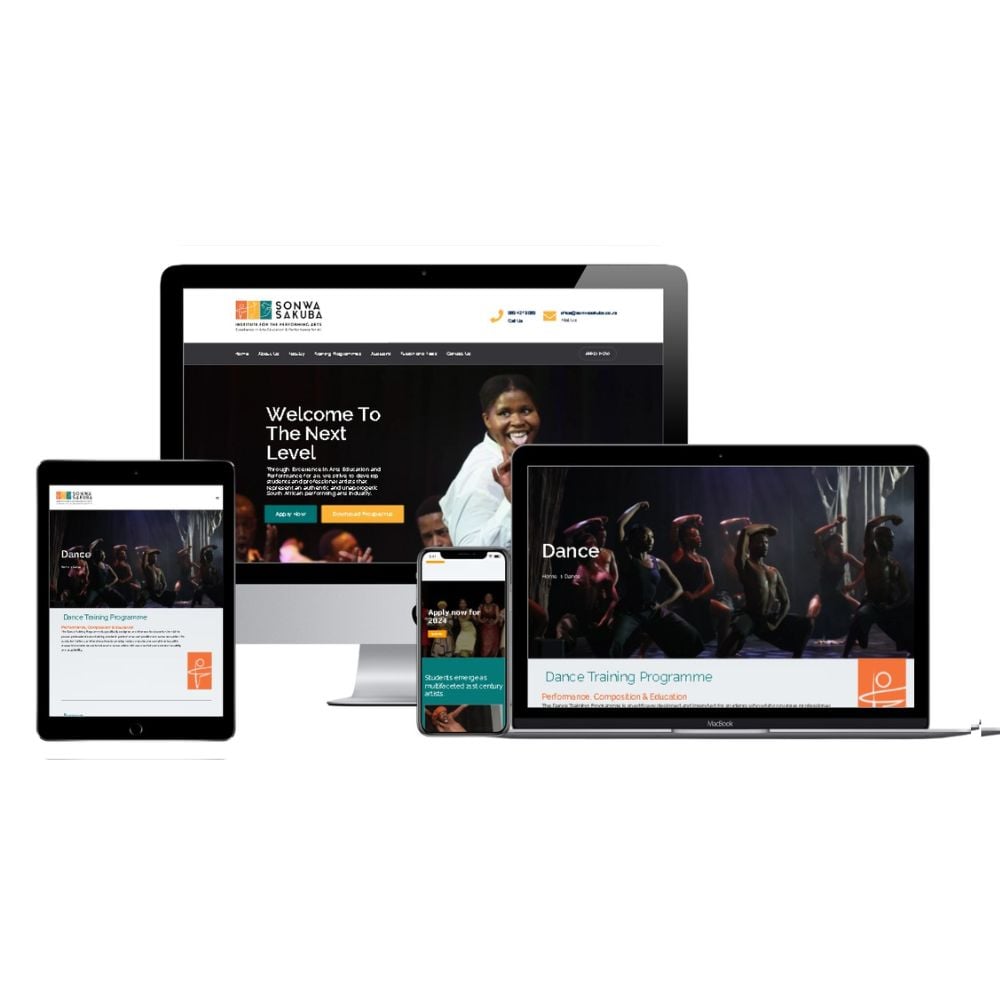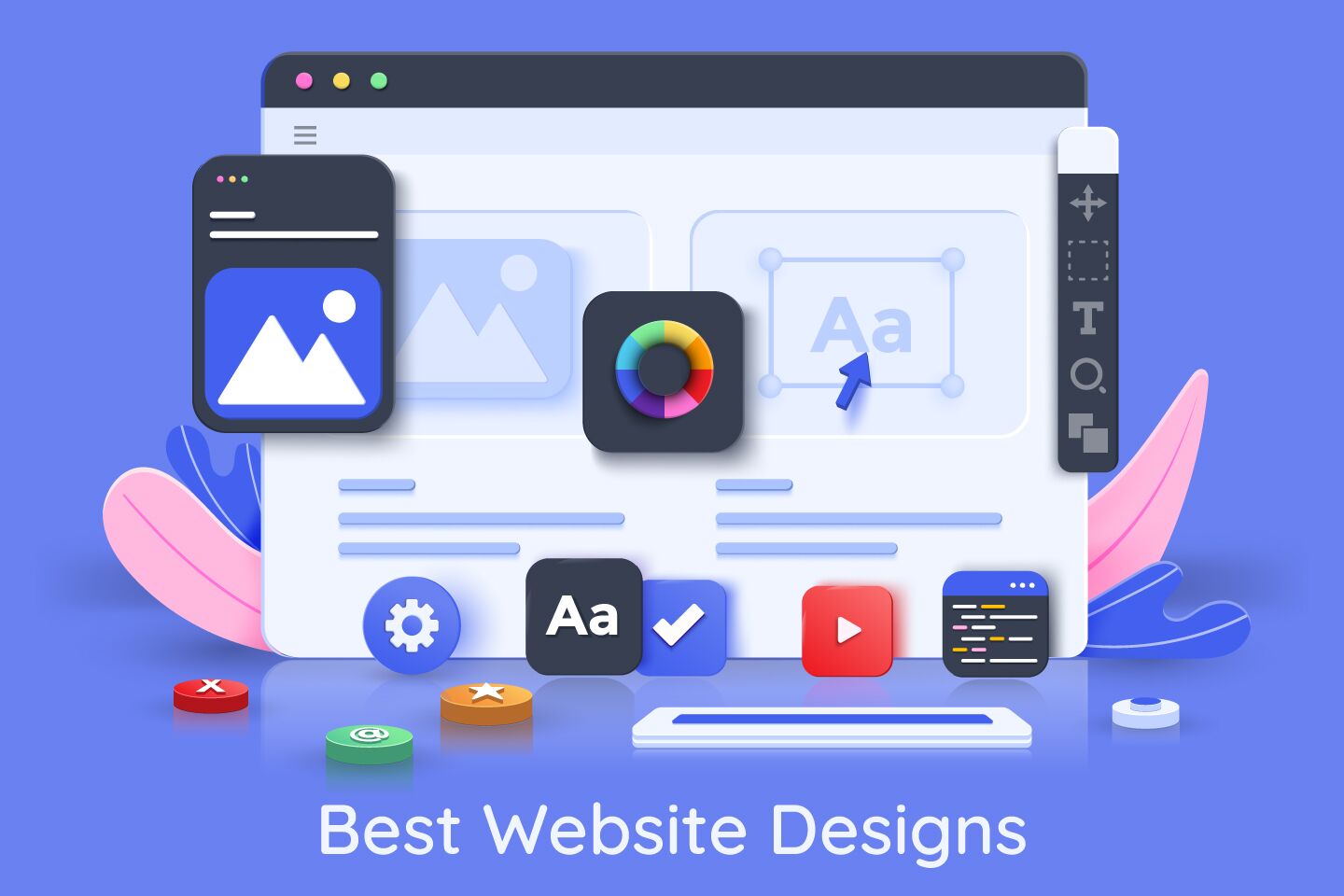Personalized Website Design Solutions for E-commerce Websites
Personalized Website Design Solutions for E-commerce Websites
Blog Article
Top Tips for Developing an Impactful Internet Site Style That Converts
To achieve this, one must take into consideration a range of variables, including comprehending the target audience, focusing on user experience, and optimizing for mobile systems. The tactical use of compelling call-to-actions and a distinct visual hierarchy plays a critical role in guiding users via their journey.

Understand Your Target Audience
Comprehending your target audience is fundamental to effective site style, as it lays the foundation for producing an interesting user experience. Determining who your users are, including their demographics, choices, and behaviors, enables designers to customize the website's web content, design, and functionality to satisfy particular demands.
Conducting extensive market research is important in this procedure. Surveys, meetings, and analytics can supply important understandings into customer assumptions and discomfort points. By compiling this information, designers can create customer identities that represent various segments of the target market, making certain that style decisions are notified and relevant.
Furthermore, recognizing the target market helps in choosing appropriate layout components such as color pattern, typography, and images that reverberate with individuals. A website that speaks straight to its target market fosters a feeling of link and trust fund, motivating longer visits and greater conversion rates.
Eventually, a user-centered method to site style not only improves user satisfaction however likewise sustains organization objectives by driving interaction and commitment. By prioritizing the requirements and choices of the target audience, an internet site can efficiently offer its function and achieve desired end results.
Prioritize User Experience
To boost the overall efficiency of a website, prioritizing individual experience (UX) is necessary (Website Design). A properly designed UX guarantees that visitors can browse the website effortlessly, find information rapidly, and engage with material meaningfully. This results in raised customer satisfaction and higher conversion rates
Begin by carrying out user-friendly navigating. Menus ought to be logically structured, enabling individuals to situate key areas of the site with marginal effort. Consistency in layout components, such as color design and typefaces, promotes experience, which is important for preserving individual engagement.
Furthermore, consider the loading speed of your internet site. A delay of just a few seconds can bring about substantial drop-offs, as customers are less likely to wait on a slow-loading web page. Improving photos and enhancing code can improve efficiency and retain site visitors.
Additionally, clearness in material presentation is essential. Usage concise, appealing language and break up text with visuals to boost readability. By focusing on user experience, you not only create a much more satisfying setting for visitors but also reinforce your brand name's trustworthiness. Ultimately, an emphasis on UX is an investment in the long-term success of your site.
Enhance for Mobile Tools
Optimizing for mobile devices is essential in today's digital landscape, where a raising variety of individuals accessibility sites with smart devices and tablet computers. A mobile-friendly layout not only enhances user experience however also plays a significant role in enhancing search engine positions. To attain this, it is important to adopt a responsive style that automatically readjusts to different display dimensions and orientations.

Packing speed is one more vital element; mobile individuals are usually much less patient and expect fast access to information. By prioritizing mobile optimization, you make certain that your site continues to be competitive and efficiently engages a wider audience.
Usage Engaging Call-to-Actions
A website's effectiveness frequently hinges on its ability to lead site visitors toward desired actions, making engaging call-to-actions (CTAs) crucial components of layout. CTAs function as the pivotal points that direct users to engage with the website, whether that suggests making a purchase, registering for a her explanation newsletter, or downloading a resource.
To produce efficient CTAs, quality is extremely important. Use succinct language that clearly connects the activity you desire the individual to take.
Furthermore, take into consideration using directional signs, such as arrows or photos, to assist customers toward these switches. By concentrating on these aspects, organizations can substantially improve individual interaction, driving conversions and ultimately accomplishing their internet site's goals.
Concentrate On Visual Power Structure
Effective website design depends greatly on a well-structured aesthetic hierarchy that guides customers through material flawlessly. By organizing components in a manner that focuses on details, designers can boost individual experience and assist in decision-making. This includes using dimension, color, comparison, and spacing tactically to accentuate one of the most crucial components of a page.
The usage of bigger font styles for headings and subheadings establishes a clear difference in between various areas, allowing customers to check material easily. In addition, employing contrasting colors for switches and calls-to-action can catch individual interest and urge interaction. Whitespace is one more necessary element; it protects against mess and allows individuals to concentrate on key messages without diversions.
Images and graphics need to complement the message while also adhering to the established hierarchy, reinforcing the total message More hints (Website Design). Uniformity in design aspects, such as color plans and typography, additional reinforces the aesthetic power structure, making navigating instinctive

Final Thought
In conclusion, efficient website layout demands a thorough understanding of the target audience, prioritization of customer experience, and mobile optimization. Eventually, a well-executed site design offers as an important component in driving customer activities and accomplishing organization goals.
Report this page